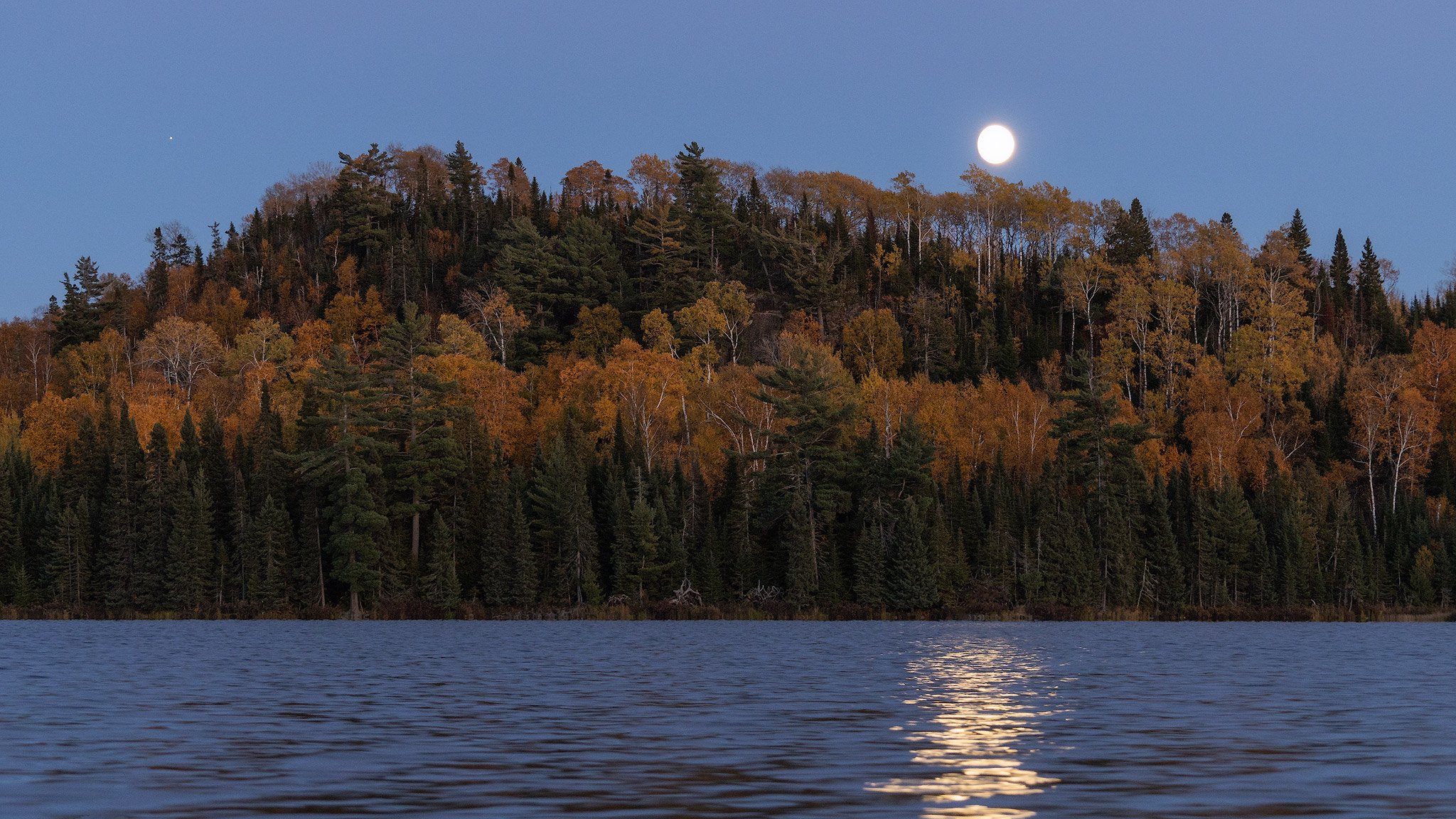
Backpacking
The Border Route Trail (BRT) is very remote and should only be attempted by experienced backpackers. Backcountry experience and land navigation skills are necessary. Check the Trail Conditions and Hike Planning webpages before your hike for additional important information.
Most backpackers average around 1 mile per hour. Walking speed may be faster but with picture taking and breaks, at the end of the day you will likely find you’ve averaged about one mile per hour. More experienced backpackers may have a better idea of their daily mileage.
Resources
The guidebook and official map set contain detailed mileage, campsite and water source locations, and other helpful information.
The Border Route Trail Facebook group is an online community where volunteers and trail users post trip reports, discuss gear and ask for trip-planning advice.
Many backpackers and trail runners have shared planning tips, itineraries and more in online blogs and Youtube videos. You’ll find an abundance of information by searching Border Route Trail hike in your favorite search engine.
Campfires
Check with Forest Service rangers for any fire restrictions. If there are no restrictions and you choose to have a fire:
Only build fires at designated fire rings.
Never leave the fire unattended.
Only use dead and downed wood.
Do not burn aluminum foil and other trash.
It is your responsibility to guarantee that the fire is 100% out. Douse it with water, stir and repeat until it is cool and soupy.
Camping
Plan to stay at established campsites. These campsites have a steel fire grate and backcountry latrine.
A maximum of 9 people are allowed at each campsite.
Most campsites are located near a natural water source. All water must be treated before drinking.
Please be courteous and share campsites with others.
Most campsites within the BWCAW are also accessible by canoe. Canoeists are not required to share sites. It doesn’t hurt to politely ask if they are willing to share — but respect their answer. Canoeists can only stay at established campsites; if needed, hikers can dispersed camp at least 150 feet from the trail or a body of water.
Properly store your food and trash to reduce the chances of bears and other critters getting into it.
Pack out all garbage. Absolutely no burning of trash or leaving it in a latrine.
Leave the campsite in better condition than you found it.
Campsites
Designated campsites, from west to east:
Western Terminus to Crab Lake Cutoff Trail
Loon Lake (via Brice-Breon Trail)
Crab Lake Cutoff Trail to Daniels Lake Trail Spur
These campsites are within the BWCAW and require a permit.
Topper Lake
Sock Lake
South Lake
Patridge Lake West (via South Lake Trail)
Partridge Lake East
Rose Lake West
Rose Lake East
Daniels Lake Trail Spur to McFarland Lake Campground
These campsites are within the BWCAW and require a permit.
Daniels Lake North (via Daniels Lake Trail Spur)
Daniels Lake South (via Daniels Lake Trail Spur)
Clearwater Lake West
Clearwater Lake East
Gogebic Lake
Pine Lake
Pine Ridge (no water access)
McFarland Lake Campground to Eastern Terminus
McFarland Lake Campground (fee)
Portage Brook
Otter Lake (via Otter Lake Cutoff Trail)
Swamp River
